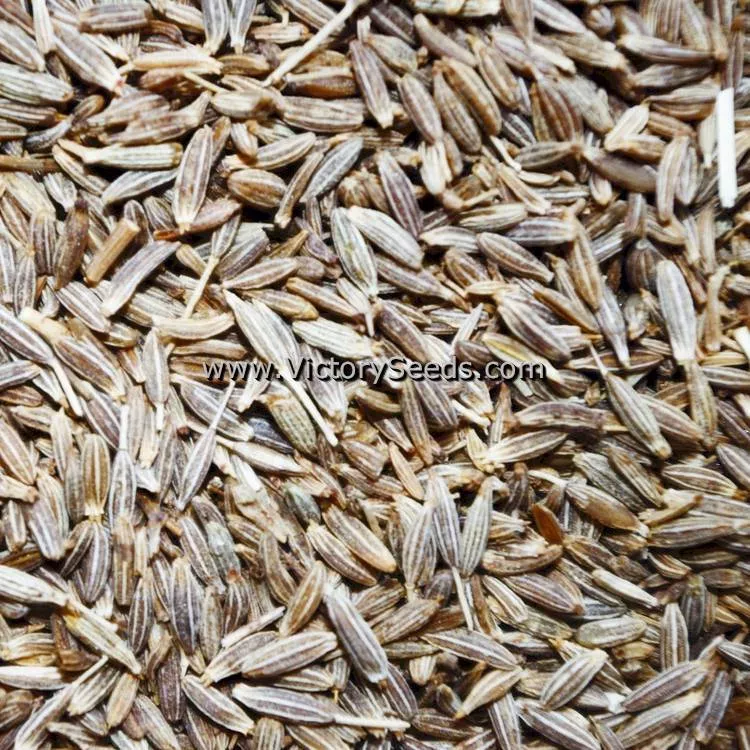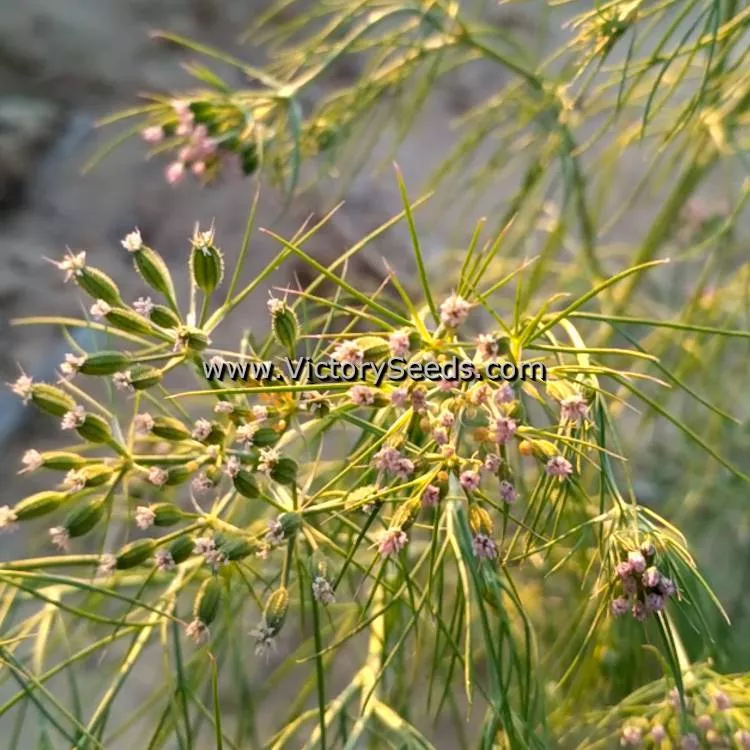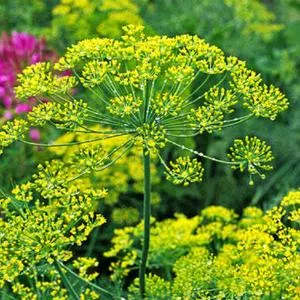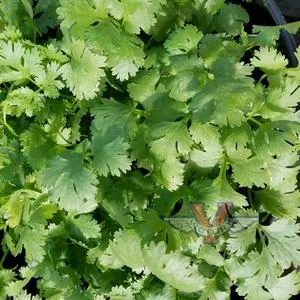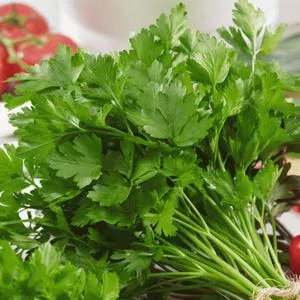


Cumin
Cuminum cyminum
Price: $3.25
SKU: 4000131120 days – Cumin, alternatively spelled Cummin, is a low growing, annual herb that has dark green leaves and reddish-pink to white flowers. Native to upper Egypt, it has been cultivated since ancient times all around the Mediterranean region, and as far away as China and India, where it is an essential ingredient in making curry dishes. Cumin was a subject discussed in the classic works of Hippocrates, Pliny, and Dioscorides, and was mentioned in both the Old and New Testaments of the Bible. By the Middle Ages, it had become a common culinary spice throughout Europe.[1]
The plants are left to fully mature, after which the seed heads are collected and threshed. The seeds are then dried and used either whole or powdered, to add some "heat" to recipes.
The plants are left to fully mature, after which the seed heads are collected and threshed. The seeds are then dried and used either whole or powdered, to add some "heat" to recipes.
Genetic Classification: Open Pollinated
The Victory Seed Company does not advocate medical self-diagnosis or self-medication. Reference to the medicinal properties of plants are described here for educational and historical purposes only and are not to be construed as a prescription, prognosis or diagnosis for any disease or illness. As with any remedies or medicines, you should consult your personal health care provider before using.
Along with being used as a culinary spice, Cumin seeds have been historically used medicinally as an
antispasmodic,
carminative, and stimulant. Cumin was used in Greece and Rome for its antibacterial and stomachic qualities. In India, a drink is made by boiling Cumin seeds in water, which is then drunk as a digestive aide, as well as to balance stomach issues.
Informational References:
- "A Modern Herbal," Mrs. M. Grieve, 1931, p. 242-243.
- "Handbook of phytochemical constituents of GRAS herbs and other economic plants," James A. Duke, CRC Press, Boca Raton, Florida, 1992.
- "Dr. Duke's Phytochemical and Ethnobotanical Databases," U.S. Department of Agriculture, Agricultural Research Service, 1992-2016.
Customer Reviews:
Do you have experience with this one? 📝 📣 Write a review!
No reviews have been posted yet.


